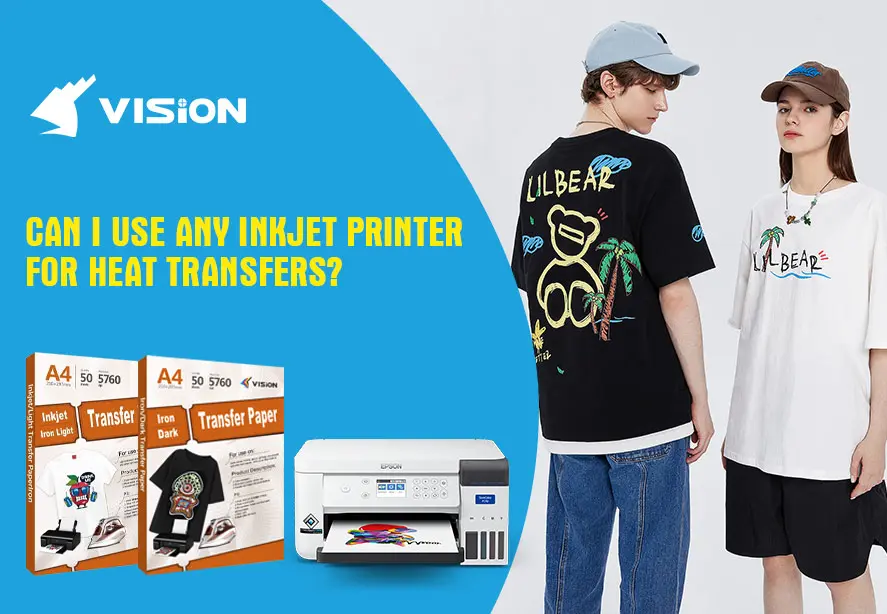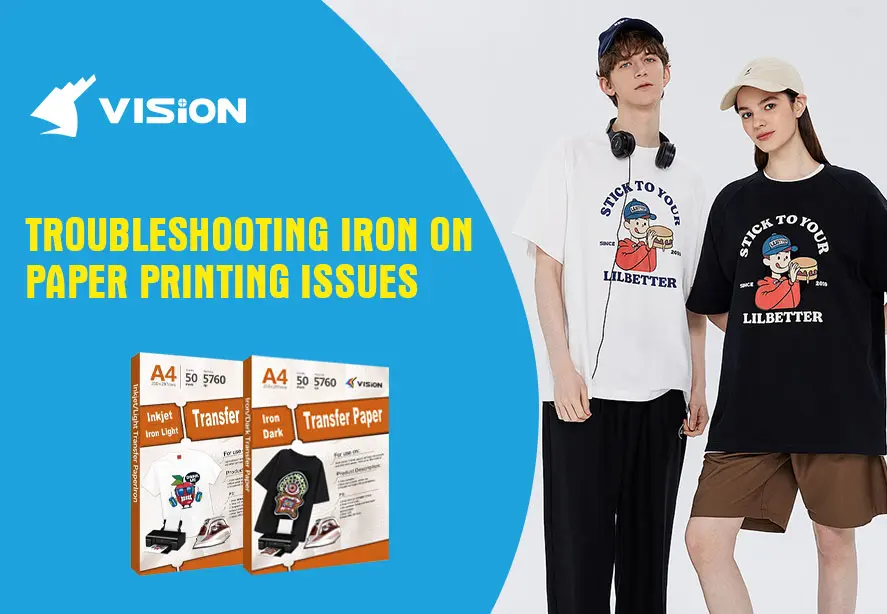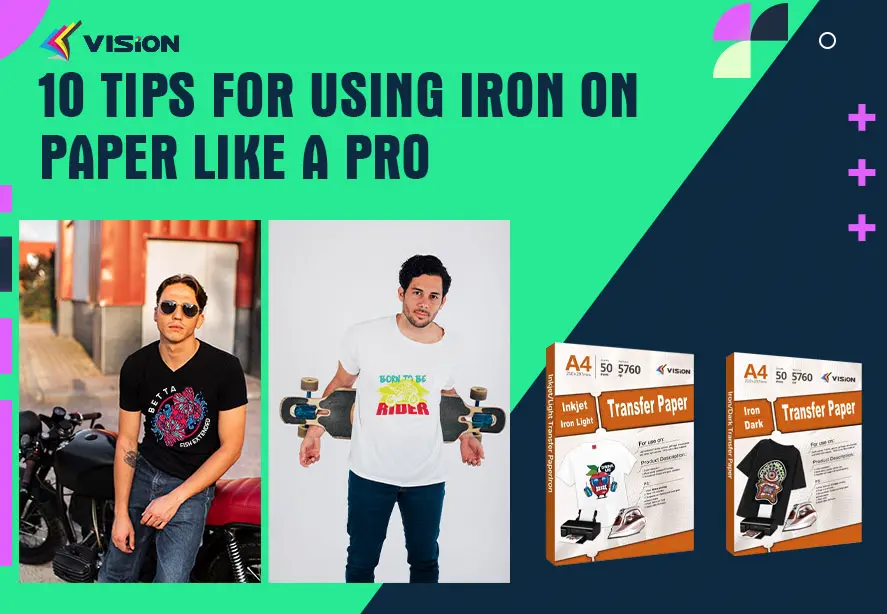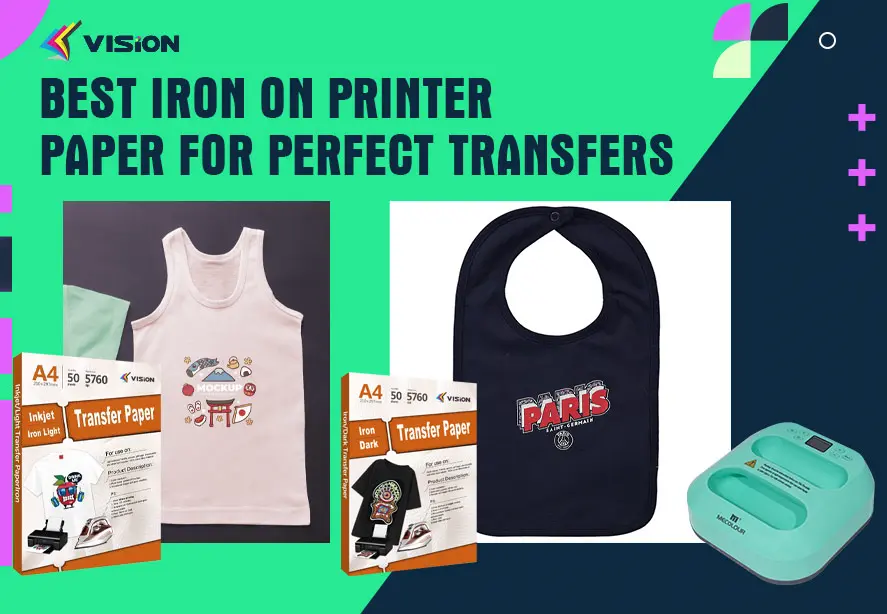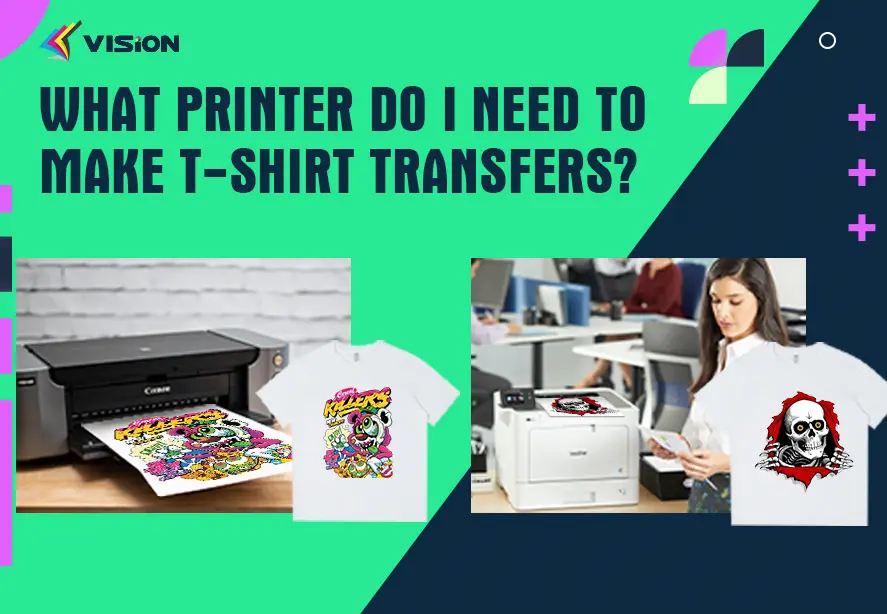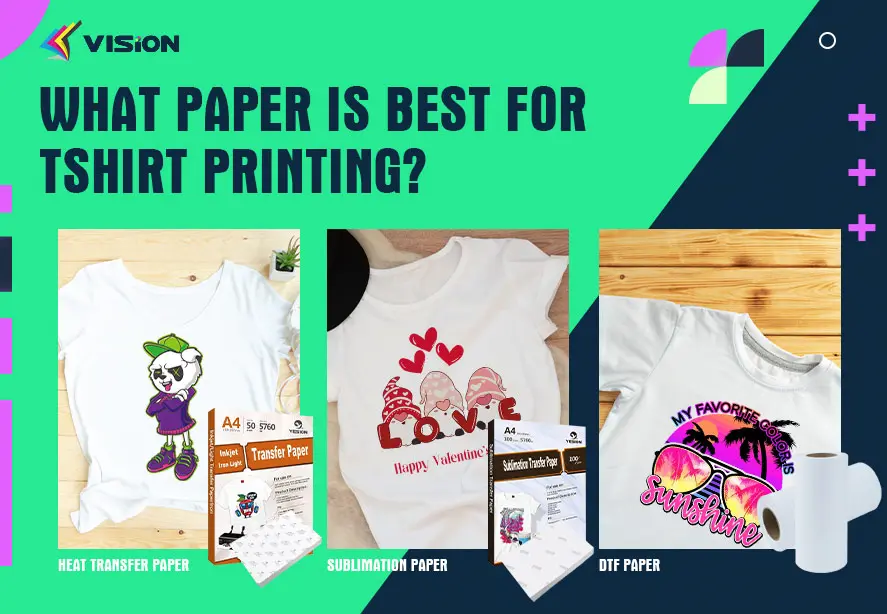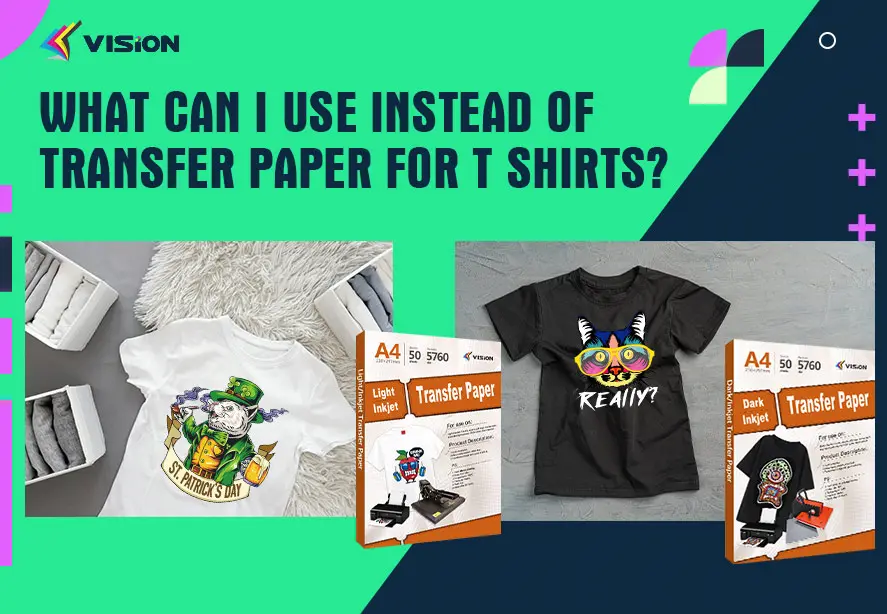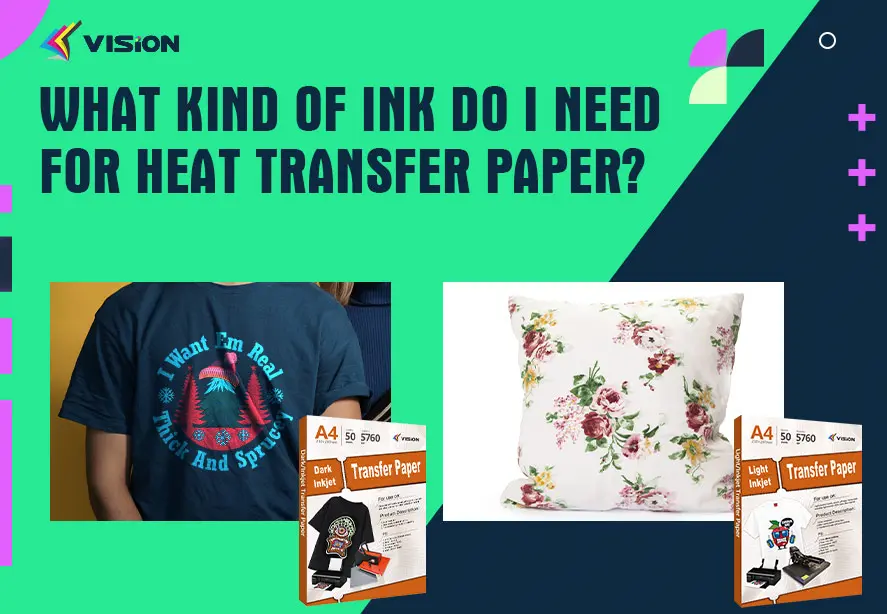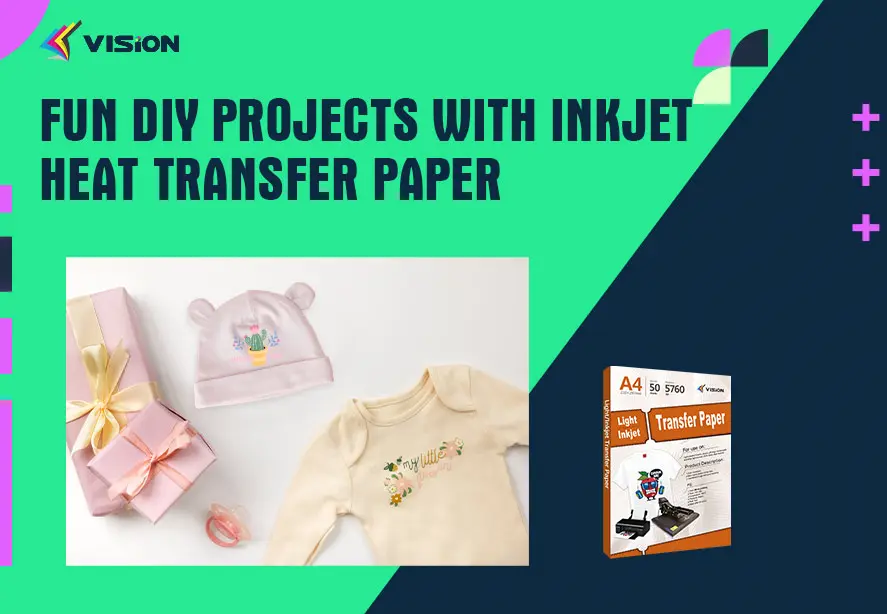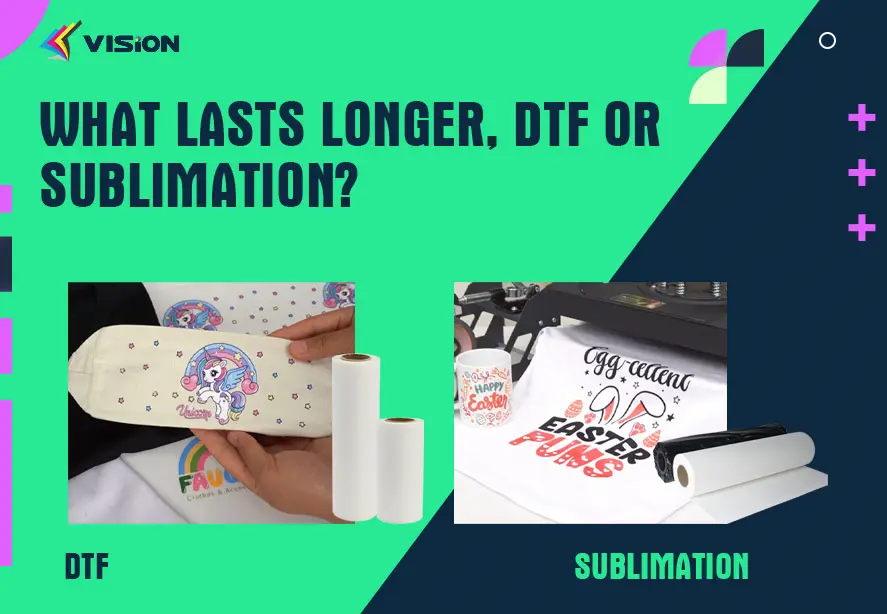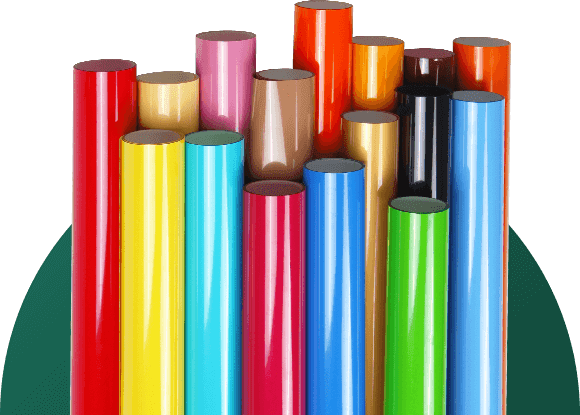Difference Between Inkjet Heat Transfer and Sublimation
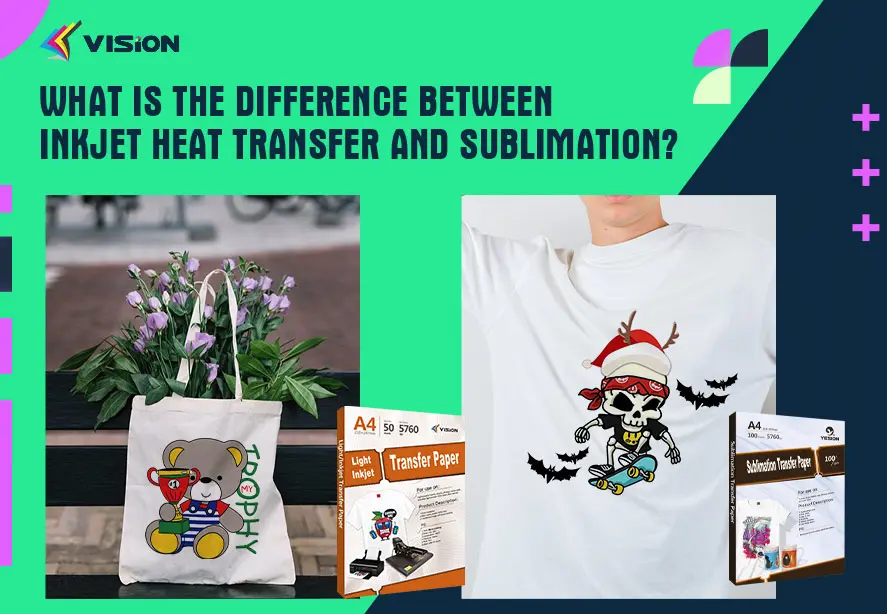
When it comes to customizing apparel, home décor, and other products, heat transfer printing is one of the most popular methods. Among the various techniques available, inkjet heat transfer and sublimation printing are two of the most widely used. While they both utilize heat to transfer designs onto fabrics and materials, the processes differ significantly, and each method offers its own unique set of benefits.
Understanding Inkjet Heat Transfer Printing
Inkjet heat transfer printing involves printing an image onto special transfer paper using an inkjet printer, followed by transferring the design onto the fabric or substrate using a heat press. The key components of this method include:
Inkjet Printer: Standard inkjet printers that use dye-based or pigment-based inks.
Heat Transfer Paper: Special paper that is designed to withstand the heat press process and allow the ink to transfer effectively.
Heat Press: A machine that applies heat and pressure to transfer the design onto the target material.
Key Advantages of Inkjet Heat Transfer
Versatility: You can use it on a variety of materials, including cotton, polyester, and blended fabrics.
Color Range: Capable of producing high-resolution prints with a wide range of vibrant colors.
Easy Setup: The process doesn’t require specialized equipment beyond a basic inkjet printer and heat press.
Challenges of Inkjet Heat Transfer
Durability: Over time, the prints may fade or peel, especially when washed frequently.
Texture: The print can sometimes feel raised on the fabric surface, which might affect the softness or comfort of the garment.
How to use inkjet light transfer paper for cotton tshirt?
Understanding Sublimation Printing
In sublimation printing, the design is first created using special sublimation inks, which are then printed onto a sublimation paper. You place the paper on the fabric or substrate, and heat is applied using a heat press. As the heat is applied, the sublimation ink turns into gas and permeates the fabric, bonding with the fibers. The result is a permanent, high-quality print that won’t fade or crack over time.
Key Advantages of Sublimation Printing
Durability: Since the dye bonds with the fabric, the print is permanent and won’t fade, peel, or crack, even after multiple washes.
Vibrant Colors: Sublimation printing produces vibrant, full-color designs that are embedded into the fabric, offering excellent color retention.
Soft Finish: The print becomes part of the fabric, leaving no texture or raised areas, resulting in a soft feel.
Challenges of Sublimation Printing
Material Limitation: Sublimation works best on polyester fabrics or specially coated materials. It is not suitable for cotton or natural fibers.
Initial Setup Costs: Sublimation printing requires specialized printers, inks, and transfer papers, making the initial investment higher than that of inkjet heat transfer printing.
Limited to Light Colors: Sublimation works best on white or light-colored fabrics. Dark fabrics can cause the design to appear dull or muted.
Let’s sublimate a custom mug
Comparing Inkjet Heat Transfer and Sublimation
1. Printing Process
The printing process is one of the key distinctions between inkjet heat transfer and sublimation. Inkjet heat transfer uses inks applied to transfer paper, whereas sublimation uses special sublimation inks that turn into gas and bond with the fabric fibers. This difference leads to varying levels of print quality and durability.
Inkjet Heat Transfer: Involves printing onto transfer paper and then transferring the ink to the fabric with a heat press.
Sublimation: Uses specialized inks that sublimate directly into the fibers of polyester or polymer-coated materials.
2. Material Compatibility
Material compatibility is another crucial factor when choosing between these two printing methods.
Inkjet Heat Transfer: You can use it on a wide range of materials, including cotton, polyester, and blended fabrics. However, you need special transfer paper for darker fabrics.
Sublimation: Primarily works with polyester fabrics or polymer-coated items. It does not work well on cotton fabrics or other natural fibers unless they are treated or coated with a polymer.
3. Print Durability
When it comes to durability, sublimation printing has a clear edge over inkjet heat transfer. The dye in sublimation printing bonds with the fabric, making it permanent, vibrant, and resistant to fading or peeling. Inkjet heat transfer prints, on the other hand, may fade over time or begin to peel, especially after several washes.
Inkjet Heat Transfer: Prints may fade or crack over time, particularly with frequent washing or exposure to wear and tear.
Sublimation: Prints are embedded into the fibers, ensuring long-lasting durability and color retention.
4. Color Quality
Both methods can produce vibrant, high-quality prints, but sublimation has a slight advantage due to the nature of the printing process.
Inkjet Heat Transfer: Capable of producing vibrant prints but may have limitations with color intensity, especially on dark fabrics.
Sublimation: Known for its vibrant, full-color prints that are seamlessly integrated into the fabric.
5. Cost and Setup
The initial setup costs for inkjet heat transfer are generally lower compared to sublimation printing. Inkjet printers are more affordable, and the process requires less specialized equipment. Sublimation, however, requires a specific printer, sublimation inks, and transfer paper, which increases the overall cost.
Inkjet Heat Transfer: Requires a standard inkjet printer, transfer paper, and heat press. The upfront cost is lower.
Sublimation: Requires a sublimation printer, specific inks, and substrates, making the initial investment higher.
6. Best Use Cases
Both printing methods are ideal for different applications:
Inkjet Heat Transfer: Best suited for small runs and personalized items on a variety of fabrics, particularly light-colored garments.
Sublimation: Excellent for full-color designs on polyester-based fabrics and promotional items like mugs, phone cases, and more.
Choosing between inkjet heat transfer and sublimation largely depends on the type of material you’re working with, the durability of the print, and your budget. Inkjet heat transfer offers versatility and a lower initial cost, making it a great option for small businesses or individuals who need to print on a variety of fabrics. However, sublimation offers superior durability, color vibrancy, and a soft feel, making it the better choice for high-quality, long-lasting prints, especially on polyester fabrics.
Related:
Do I Need a Special Printer for Sublimation Paper?
The Different Types of Sublimation Paper and Their Features


